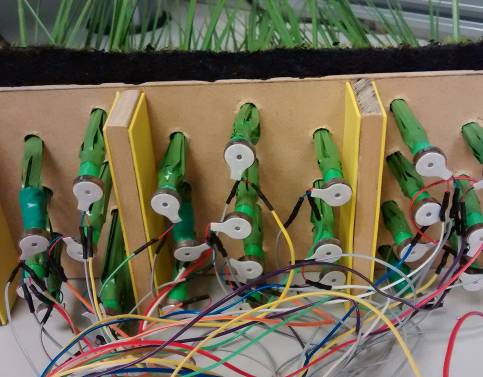Haunted User Interfaces
This project explored the possibilities for multimodal ambient displays inspired by haunted and paranormal phenomena, which are known to be intensely multi-sensory experiences. I created many different displays such as an animatronic moose head, a plastic potted plant display that vibrates in patterns, an animatronic minion that has moving eyes and can make giggle noises. These ambient displays filled a temporary installation called “The Living Room”. I also made sure that the different displays were remotely controllable, and I contributed to the Haunted Design Framework (see paper).
Most of the ambient displays used Arduinos with an ESP8266 module that connected to an access point hosted from a Raspberry Pi. A Philips Hue bulb and blacklight bulb were connected to an Arduino Yún, so REST API commands could be issued directly to the bulbs from the Raspberry Pi. All aspects of the room could be controlled wirelessly from a laptop by SSHing into the Raspberry Pi and running commands.
Animatronic Taxidermy Moose Head

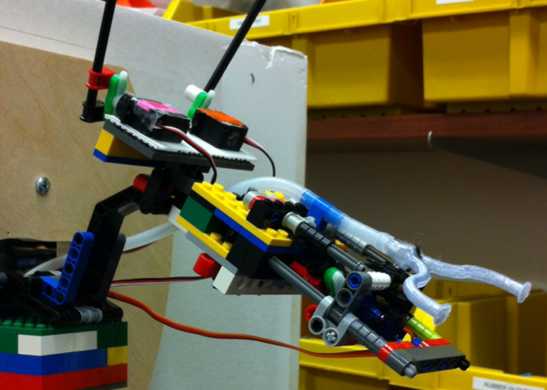

Animatronic Minion
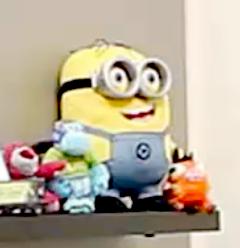
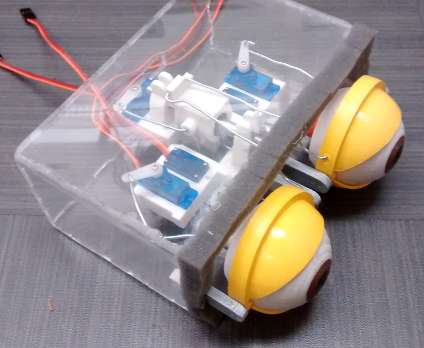
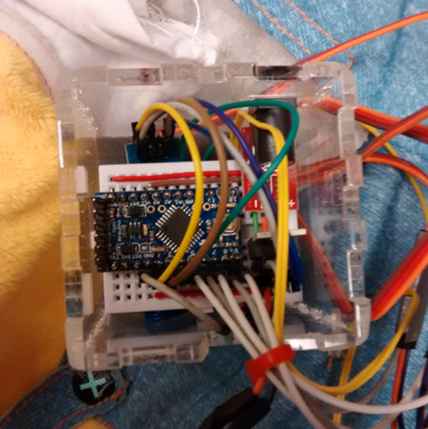
Actuated Potted Plant

